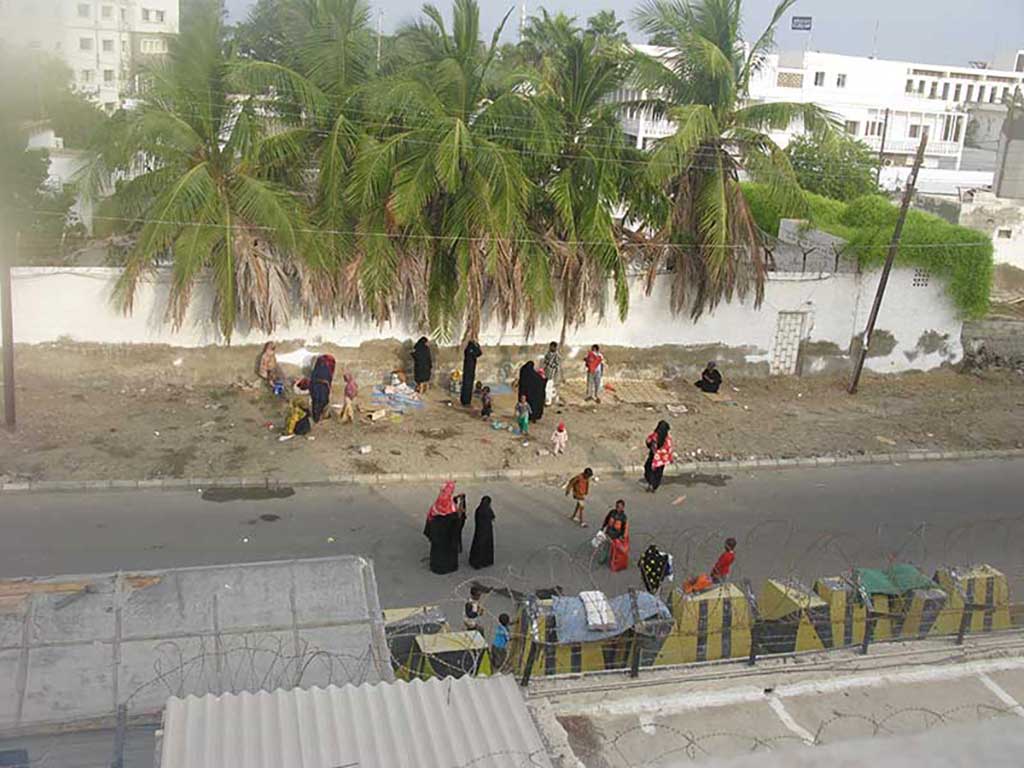Becoming a Refugee
Time 1:39
Kathleen Sigurdson (KS): Because all the applications, even from those other countries—so if you were living in Qatar, you had to apply to Abu Dhabi because we didn’t have any offices there. And also when I was in Abu Dhabi, it was a time when it started, I started, obviously with headquarters approval, a women at risk refugee program, so very small, talking maybe fifty people a year. Worked with the UNHCR and brought in Somalis. So, there was a huge camp in southern part of Yemen, not that far geographically from Somalia, with maybe ten, twelve thousand people that live in the camp and have been living there for years. They come over by boat from Somalia, it’s quite treacherous actually. And there’s not that many countries taking people out of there, so they just stay there for a long time. And some of the women, especially those who have children, are really more at risk, so we started a program, so it was going into Yemen and dealing with that. It was also very interesting.
Emily Burton: How did you define risk exactly?
KS: Um, well the UNHCR does a lot of that for us. I think we work very closely with them and they know the people, they talk to the people. It’s their people who working in the camp, so they know whose being bothered, whose been maybe attacked or raped or who has maybe a lot of, a lot of children so it’s very difficult to keep an eye on all of them. A lot of them were illiterate, so they were more vulnerable to exploitation by other people, so they would sort of recommend certain cases and then we would interview them.
Oral History 16.03.08KS with Kathleen Sigurdson
Canadian Museum of Immigration at Pier 21
Return to Refugee Experiences Gallery

Credit: Photograph Courtesy of Kathleen Sigurdson